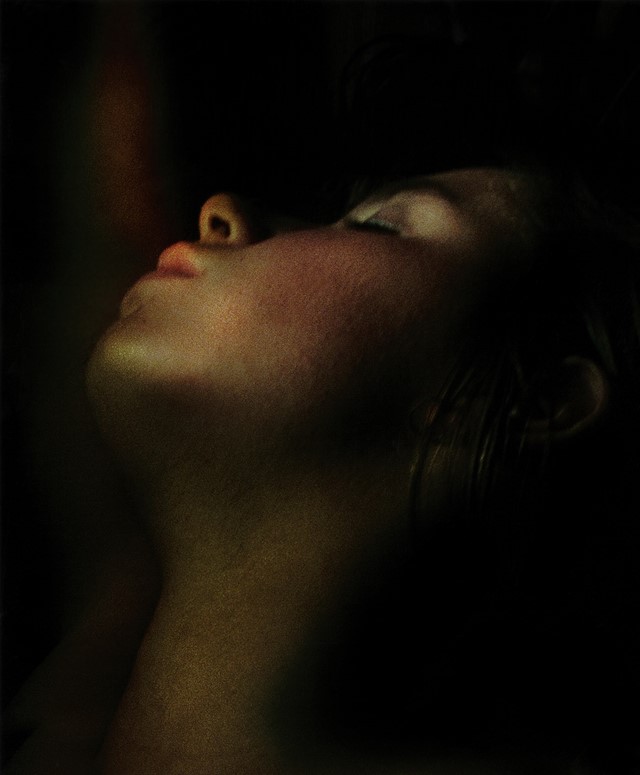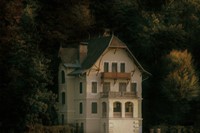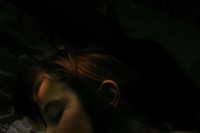Bill Henson’s beautiful new tome is a stirring meditation on loss, inspired by a collection of poems and a classical song cycle
Of all life’s tragedies, the death of a child remains one of the most impossible to come to terms with. For 19th-century German poet Friedrich Rückert, the subject became an overwhelming preoccupation when, in 1833 and 1834, he lost his two children to scarlet fever. This sparked a prolific period of writing as he attempted to channel his grief into verse, scribing 428 poems which he dubbed Kindertotenlieder.
The resulting works are devastating, beautiful and deeply stirring. Their effect was particularly felt by celebrated composer Gustav Mahler who read them some 70 years later and opted to set five of them to music, for a song cycle composed between 1901 and 1904. His wife Alma was against the idea from the start; the couple had two young daughters, and she feared that Mahler was tempting fate. Unfortunately, three years after the composer finished the cycle, their eldest daughter did in fact contract scarlet fever and died during the summer holidays at the family’s house in Maiernigg in rural Austria. Mahler was devastated, and the family closed up the home thereafter, never to return.
Flash forward another seven decades to 1975, and Australian photographer Bill Henson, then just 19, was perusing the LPs in his local record store in Melbourne when he stumbled across Mahler’s Kindertotenlieder. “I bought it and took it home to listen and it really had an effect on me,” he tells AnOther over the phone. “I was struck by its beauty, especially the fifth and final song, which has this incredible transitional moment where the atmosphere changes from one of anxiety and panic to utter peace. It made me start thinking about making pictures, not to try to illustrate the music or the poems in any way, but it just set me off on a little journey of my own.”
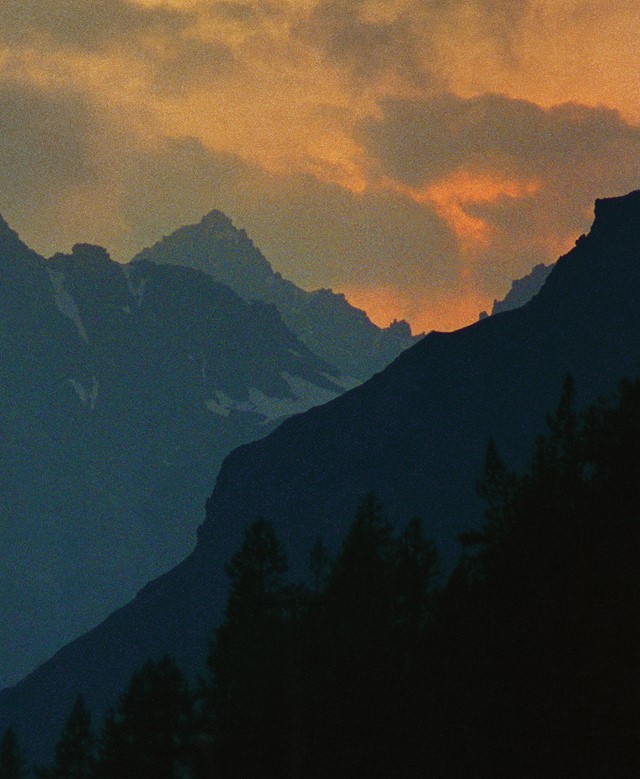
By “little journey” Henson means an ongoing side project that has lasted 40 years, resulting in a stunning series of images captured during multiple visits he made to Austria. They span the hand-built composing hut, hidden deep in a forest, where Mahler wrote the songs (“a little old lady pointed me in the right direction up a hill,” he laughs); the elegant lakeside house nearby where the composer’s beloved daughter died, as well as the family plot in Grinzing cemetery in Vienna, featuring an imposing tombstone designed for Mahler by Secessionist architect Josef Hoffmann. This month, Henson’s take on Kindertotenlieder has reached its conclusion in a covetable photo book, published in a limited edition run by Stanley/Barker and accompanied by the five Rückert poems that inspired Mahler and the LP that, in turn, influenced Henson – so that people can experience what the photographer terms “the parallel universe” that each represents.
As with much of Henson’s fêted oeuvre, the images have a rich, dreamlike quality thanks to their use of dramatic, predominantly natural light; they all appear to have been taken at dawn or dusk, when the rising or setting sun has stained the dark sky with streaks of fiery pink. Some serve as Romantic studies of the Carinthian landscape surrounding the hut and house; while others show the structures themselves, haunting in their abandonment; elsewhere young girls, with long hair and pallid complexions, are captured in darkened interiors, their faces beatific yet ghostly. “The age of the people in the photographs didn’t need to bear any relationship to the ages of the people in the family; they’re the faces that ended up best expressing that incredible sense of loss and sadness that Rückert first put into those poems. It could be the face of Mahler’s wife when she was young, or the daughter that never lived to grow old,” Henson explains.
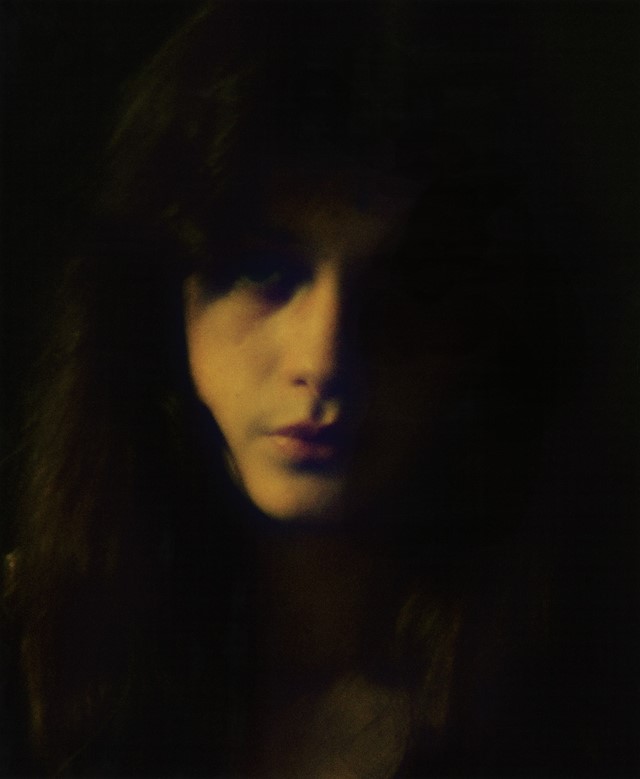
When capturing the architecture, the photographer was similarly interested in embodying the feelings evoked by the poetry and music, rather than the exact truths of the original subjects. “The composing hut is a place where Mahler would write his music and dream, where he would travel through time and space, so I thought of it almost like the TARDIS; it could take him wherever he needed to go. That’s why, if you look carefully, the hut appears in different landscapes, and the house too, although it feels visually and aesthetically reasonable.” The merging of what Henson dubs the inherent “evidential authority” of photography as a medium – the fact that you believe what you’re seeing to be true when caught on film – with an image-maker’s ability to control the scenario they’re depicting, is integral to his approach. “The way you animate the suggestive elements of photography is key,” he says. “What you do formally, for instance; how you modulate the lighting; how you charge the imaginary space you’re capturing, because all of these factors are the difference between intimacy and mere familiarity.”
It is this element of mystery that Henson conjures around everyday subjects that makes his work so spellbinding, and above all unique. “We’re so used to photography being this familiar thing – the family snapshot or the selfie – and my purpose is to move away from that. If I’m photographing a person, for example, I want to show the information that’s there – the physiognomy of their face, the texture of their skin – but without the viewer knowing anything definite about them. So you have this tender, breathing, proximate humanity right there in front of you and at the same time it’s like looking at the great pyramids of Egypt; it’s a million miles away.” Because of this, Henson is able to take a subject matter rarely tackled by image-makers (save for documentary photographers) and explore it in a way that is at once abstract and monumental, as well as searingly universal.

Kindertotenlieder: Mahler, Henson, Rückert is out now, published by Stanley/Barker.
